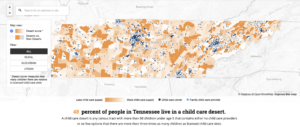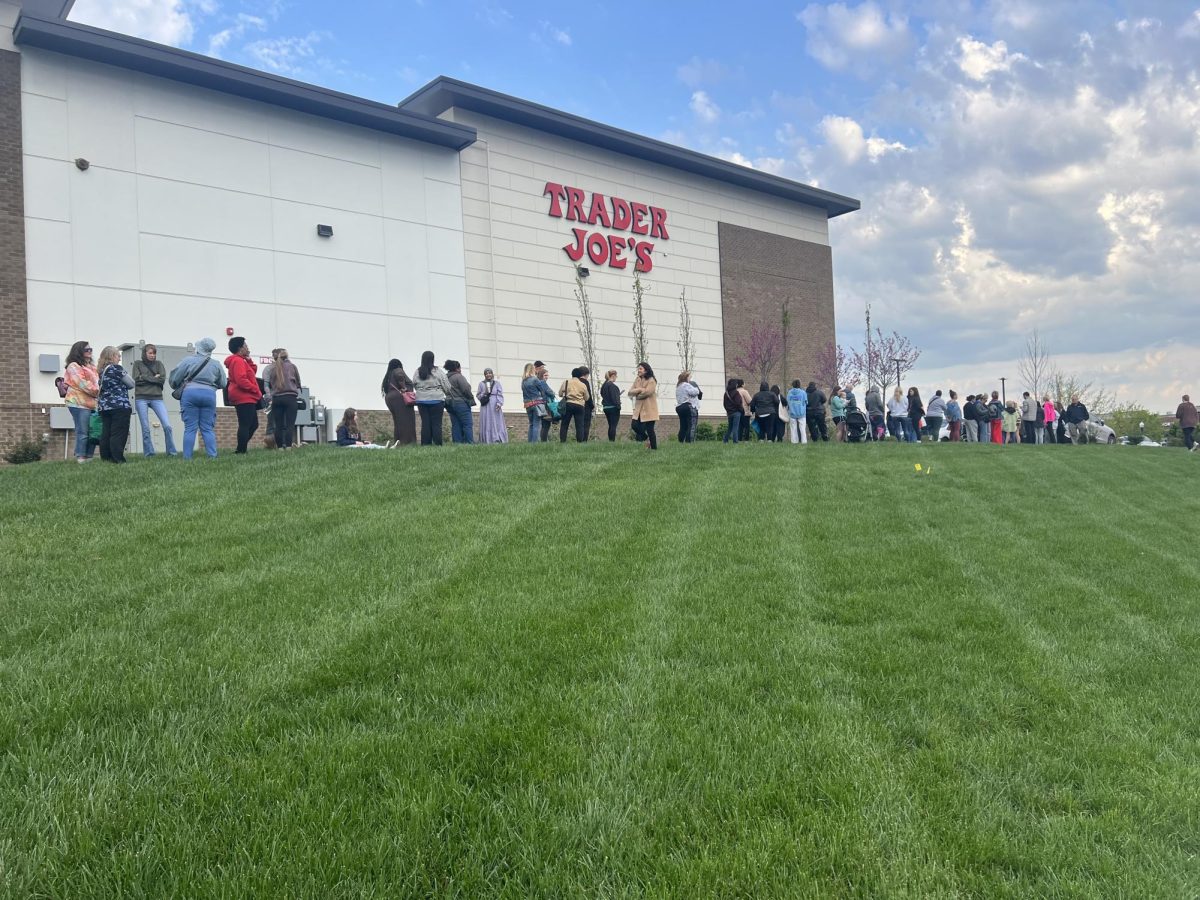After news broke last week that the state of Tennessee has over $700 million in a reserve fund not being distributed to the poor families for which it was intended, a Tennessean investigation revealed a second financial bombshell: Tennessee has failed to spend about $300 million from a federal Child Care and Development Fund, who’s purpose is to provide subsidies to working families.
According to The Tennessean, unlike the TANF fund– or Temporary Assistance for Needy Families, the aforementioned $700 million reserve fund– which the state can keep in their reserves indefinitely, the CCDF funds include a “lose it or use it” rule. This means that the money will be returned to the federal government if not spent within the year, and will be redistributed to other states who appear to need it more.
Tennessee was only one of two states in 2018 to give the unspent funds back to the federal government.
This fund, according to Tennesseans for Quality Early Education, is “the main source of federal funding dedicated primarily to child care subsidies for low-income working families.” Over the past five years, over $300 million in CCDF funds for Tennessee have been left completely unspent.
CCDF grew from the welfare system and consists of both funds from the Child Care and Development Block Grant (CCDBG) and TANF. According to Tennessee Bipartisan Policy Center, CCDF states also receive:
- Guaranteed mandatory funds, which are given to the state based on the child care funding received prior to 1996. It is a set amount and does not increase with inflation.
- Federal matching funds, which are the remaining mandatory funds, distributed based on the state’s number of children under the age of 13. To qualify for this portion, states must spend at least the amount equal to their state funds spent prior to 1996. States must also match the federal share at a rate set by the Department of Health and Human Services.
According to the Child Care and State Economics 2019 report, there are 1,248,141 children under the age of 15 (408,644 under age 5 and 839,497 between ages 5 and 14) in Tennessee who may require paid child care services, but only around 326,650 children under the age of 15 are in paid care.
The stark difference between the amount of youths in Tennessee and the amount of affordable child care options, particularly for infants, is easily attributed to one factor: the average annual cost of child care. For an infant, the cost averages around $8,524 annually in a child care center and $6,183 in a family child care home- this amount equals 87 percent of the average four year tuition at a Tennessee university.
Access to child care options has also reportedly dwindled: since 2010, family child care homes have declined in Tennessee from 13,396 to 11,889 in 2016 – a decline of 11.2 percent. These homes produce a revenue of $752 million in Tennessee– also down 11.4 percent since 2010. This decrease in revenue is drastically affecting the availability of homes, causing 48 percent of Tennesseans to live in what is known as a “child care desert,” or a place where child care is inaccessible. 65 percent of parents with children under age 5 also report having difficulty accessing suitable child care.

“Child care supply is especially low among certain populations, with 52 percent of Hispanic/Latino families and 62 percent of rural families living in areas without enough licensed child care providers,” according to the Center for American Progress. “In Tennessee, 74 percent of mothers of young children participate in the labor force. CAP finds that child care deserts are associated with fewer mothers in the workforce.”

For working Tennessee families, the decline in child care options is reducing the availability of the least expensive care option for families. A lack of access to affordable child care can decrease labor force participation exponentially, and cause a drop state and regional economic growth.
It also often stops parents from seeking further education and training, which contributes to stalling and lowered income rates over an individual’s (and therefore, family’s) lifetime. According to Tennesseans for Quality Early Education, “increased subsidy payments trigger state level responses in wage rates, the mix of low- and high- skilled labor used in the state, prices of goods and services, and trade flows.”
The reasons for not spending the CCDF money remains unclear.
To contact Editor-in-Chief Angele Latham, email editor@mtsusidelines.com.
For more news, visit www.mtsusidelines.com, or follow us on Facebook at MTSU Sidelines or on Twitter at @Sidelines_News








